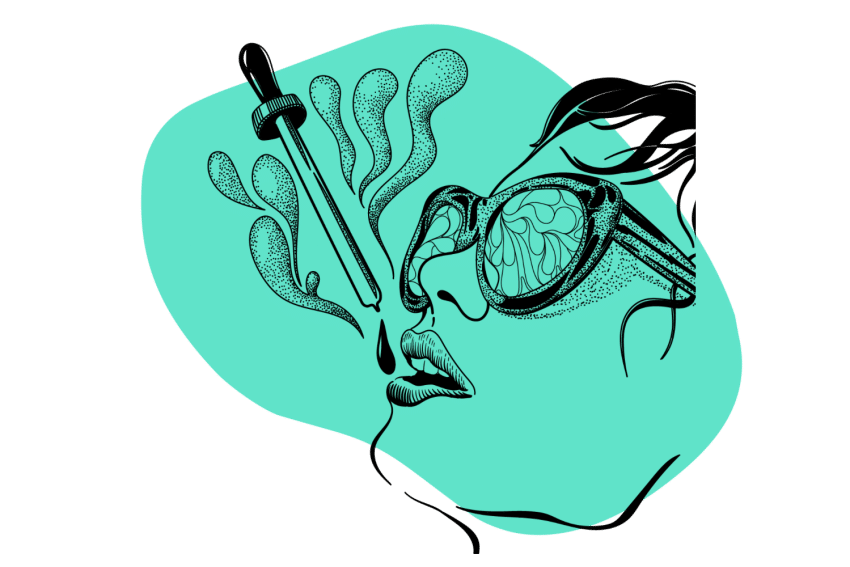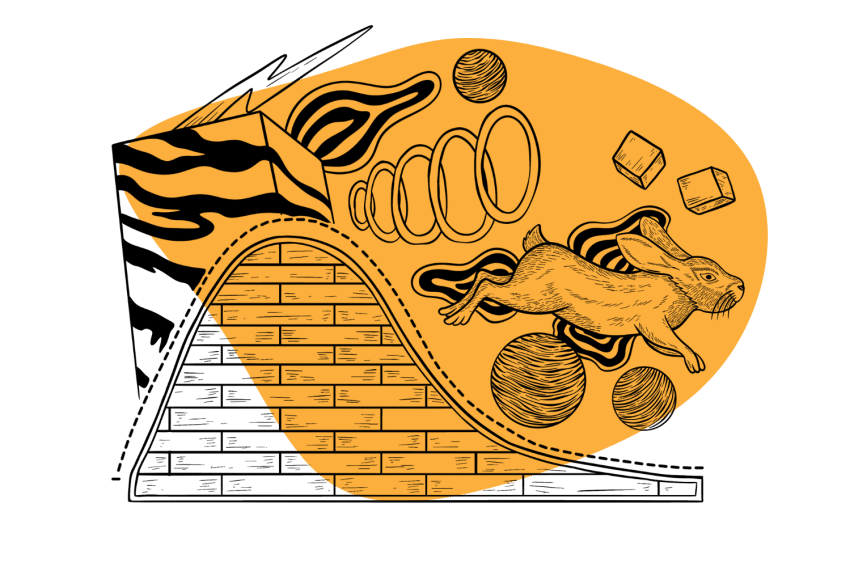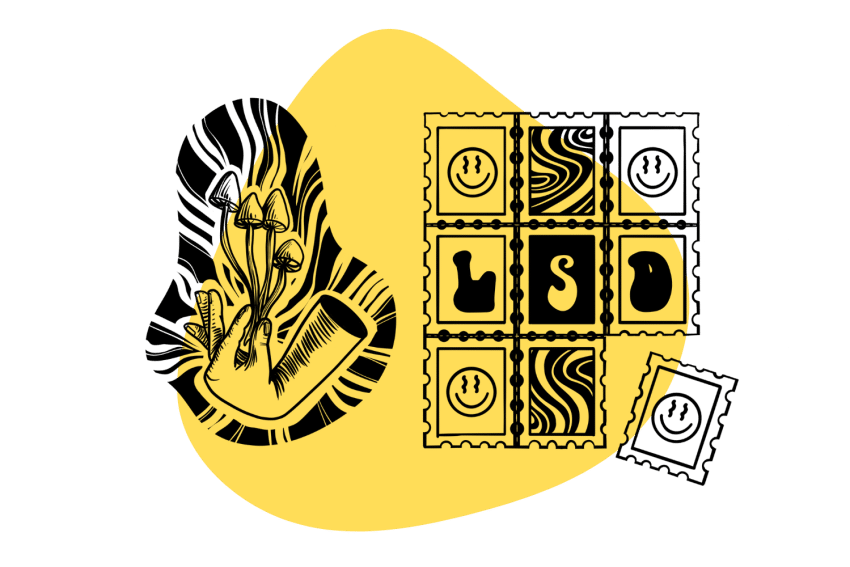Does LSD Show Up On a Drug Test?
LSD is cleared from the body within 24 hours — but may remain detectable in the hair for up to 3 months.
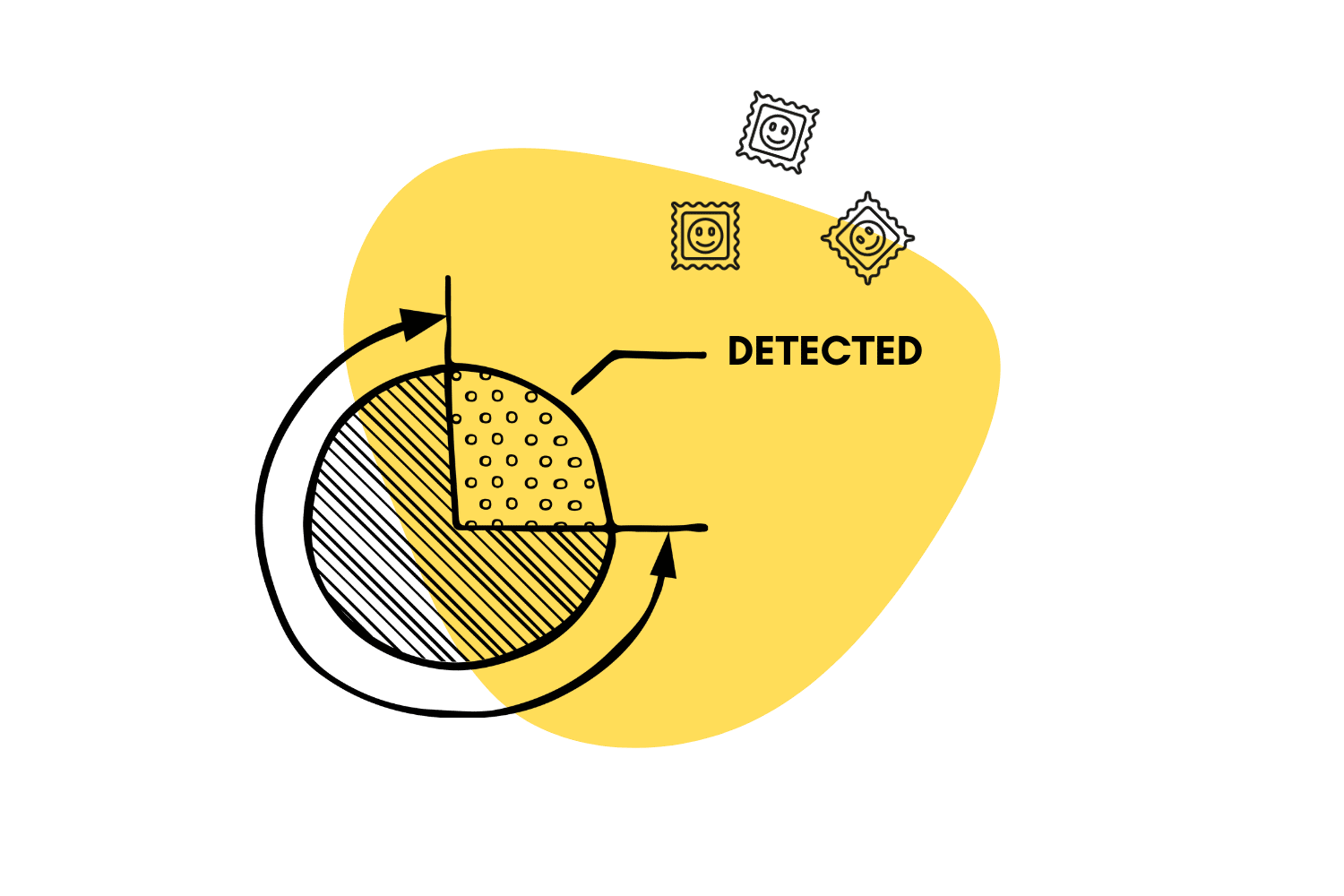
Lysergic acid diethylamide (LSD) is one of the most popular psychedelics in the world, coming in as the third most widely used drug in the United States after cannabis and cocaine.
This has many people asking, “will LSD show up on my upcoming drug test?”
The short answer is that LSD can show up on drug tests, but only if the test is administered within 24 hours of taking it.
In this article, you’ll learn everything you need to know about LSD and drug tests, including how long LSD stays in your body and which drug tests can identify LSD usage.
You’ll also learn about the factors that affect LSD metabolism and elimination from the body and how you can leverage these pathways to clear LSD more quickly.
Can Drug Tests Detect LSD?
Yes, drug tests designed to detect LSD and other illegal substances can detect the presence of LSD in the urine, saliva, blood, or hair. However, most 12-panel drug test kits don’t include LSD as one of the target compounds to check for.
Most drug tests need to specifically check for the presence of a compound in order for it to identify it. If the test isn’t set up for identifying LSD, it’s not going to display a positive result if LSD is included in the sample.
Standard 12-panel drug test kits used by most companies and government agencies test for the following substances:
- Oxycodone
- Buprenorphine
- Methadone
- Benzodiazepines
- Barbiturates
- Ecstasy (MDMA)
- Phencyclidine (PCP)
- Methamphetamines
- Amphetamines
- Morphine
- Cocaine
- Marijuana
More sensitive tests that use mass spectronomy or chromatography may be able to identify the presence of LSD. These tests are more expensive, take more time, and are rarely used for routine drug tests.

How Long Does LSD Stay In Your Body?
Directly after consumption, the effects of LSD last for between 8 and 12 hours for most users.
However, traces of the drug remain in your system for significantly longer. Depending on what is tested during your drug test, your LSD use could be confirmed up to 90 days after you take LSD (hair analysis).
However, LSD will only be detectable for up to 24 hours in the bloodstream and urine. In very rare cases, LSD may be detectable in the urine up to 3-days later.

How Long Does LSD Stay In Your Blood?
Traces of LSD typically stay in the blood for between 6 and 12 hours after consumption.
Most users who have stopped feeling any effects of the drug will no longer have detectable traces in their blood and won’t fail a blood-sample drug test. By the 24-hour mark, all traces of LSD have disappeared from the bloodstream.
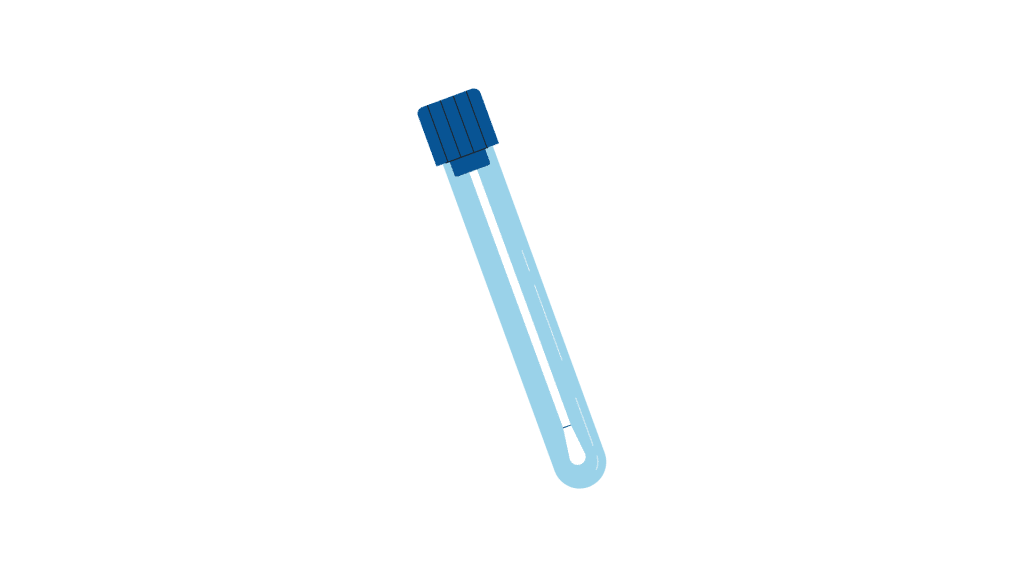
How Long Does LSD Stay In Your Saliva?
Standard saliva drug tests are common for other illicit drugs, but they’re wildly unreliable when it comes to detecting LSD testing.
Saliva can come up positive for LSD, but only if administered within about 12 hours after consumption. LSD remains in the saliva for about the same amount of time as blood: 6 to 12 hours. If the effects of LSD have worn off, a typical saliva swab is unlikely to come up positive.
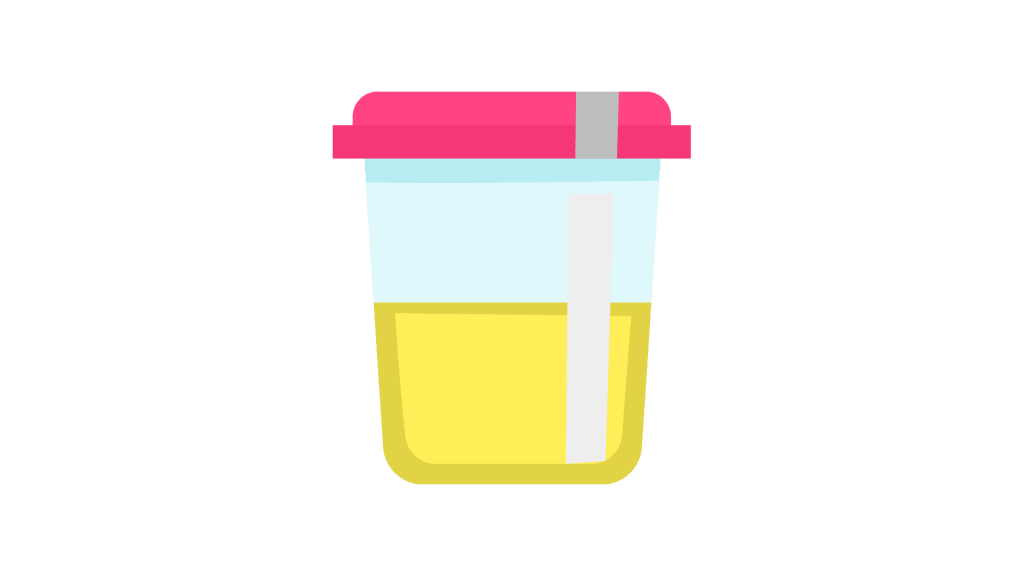
How Long Does LSD Stay In Your Urine?
A urinalysis is the most common way to test for LSD. It’s more reliable than saliva tests and can detect traces of LSD for longer.
LSD will remain in your urine for up to three days. However, only specialized urine tests will be able to detect the metabolites that stay in your system, so a standard urine drug test likely won’t detect LSD.
Drinking plenty of water throughout the day will dramatically reduce the amount of time LSD remains detectable in the urine.

How Long Does LSD Stay In Your Hair?
LSD remains in your hair samples for far longer than any other sample you could give for a drug test. Traces can be detected for up to 90 days after consumption.
However, hair drug tests are the least common type of drug test as they are highly unreliable for confirming LSD usage and often prohibitively expensive. If you’re being subjected to a drug test, the likelihood is that it is not a hair sample test.
Hair tests are more likely to detect LSD in people who use it often. One dose is unlikely to show up in a hair analysis (but not impossible).
Can I Clear LSD From the System More Quickly?
Some people believe that you can clear LSD from your system more quickly than it would dissipate on its own.
While there might be some truth to this for reducing the time LSD remains detectable in urine, it’s unlikely that anything you do will make much of a difference for blood, saliva, or hair.
LSD is first metabolized by the liver and then filtered through the kidneys. Therefore, it’s possible that taking supplements that facilitate kidney function (such as diuretics) may speed the elimination of LSD from the blood.
Likewise, drinking plenty of water could help flush out the filtered metabolites from the urine more quickly.
Overall, efforts to speed the elimination of LSD from the body are only going to offer a mild difference. Fortunately, LSD is cleared from the body relatively quickly on its own. As long as you have a few days before your test to allow your body to clear the substance, you’re unlikely to fail the test.
What Factors Affect How Long LSD Is Detectable On a Drug Test?
There are a few things that can affect how long LSD stays in your system and how long after consumption a drug test could come up positive. The most significant factors are explained below.
A) Your Metabolism
Your metabolism is one of the biggest variables when it comes to LSD processing. We’re talking phase I and phase II liver metabolism — not fat metabolism.
Users with more active liver metabolism will tend to break down LSD and excrete it more quickly than those with slower metabolisms. Everybody metabolizes drugs differently depending on genetic factors, age, dietary habits, medication or supplement use, and health status.
Unfortunately, metabolic rate is challenging to measure, so it’s difficult to say how much of a part your metabolism speed plays.
B) Your Weight
While weight is linked to how quickly LSD is excreted from the body, this metric is likely also heavily influenced by metabolism. Lighter individuals tend to have faster metabolisms and thus can process LSD more rapidly.
D) The Dose Used
The dose of LSD taken can dramatically affect how long the compound and its metabolites remain in your system. Larger quantities will take longer for the liver and kidneys to process than smaller doses.
Similarly, frequent use will typically mean a longer processing time, as the metabolites can build up in your body.
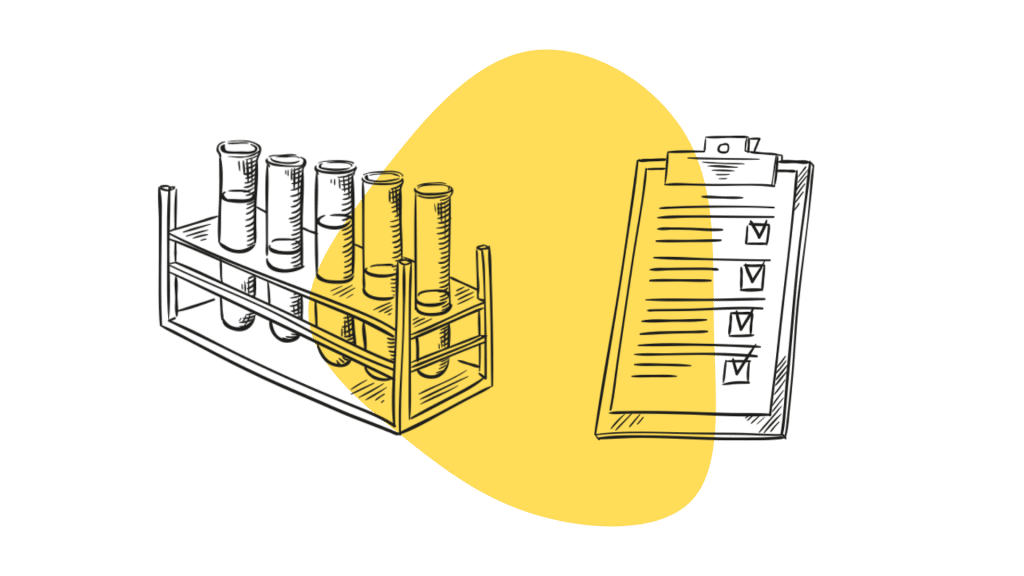
Wrapping Up: Will a Drug Test Detect LSD?
While the effects of LSD usually only last 8 to 12 hours for most users, the compound and its metabolites don’t stick around much longer than this either.
Generally speaking, LSD will remain in your blood and saliva for up to 24 hours, in your urine for 1 to 3 days, and in your hair for up to 90 days.
Standard 12-panel drug tests can detect LSD, but only if they’re designed to test for it (most aren’t). More advanced testing, such as mass spectronomy or chromatography, can detect traces of LSD for up to 24 hours with reasonable accuracy. These tests don’t need to specifically search for LSD in order to find it.
While it’s possible to reduce the amount of time LSD remains detectable in the body by drinking plenty of fluids or using supplements that assist metabolism and urine production, the difference is subtle — you’ll still need to wait for the LSD to be cleared from the body through the body’s normal metabolic processes.

